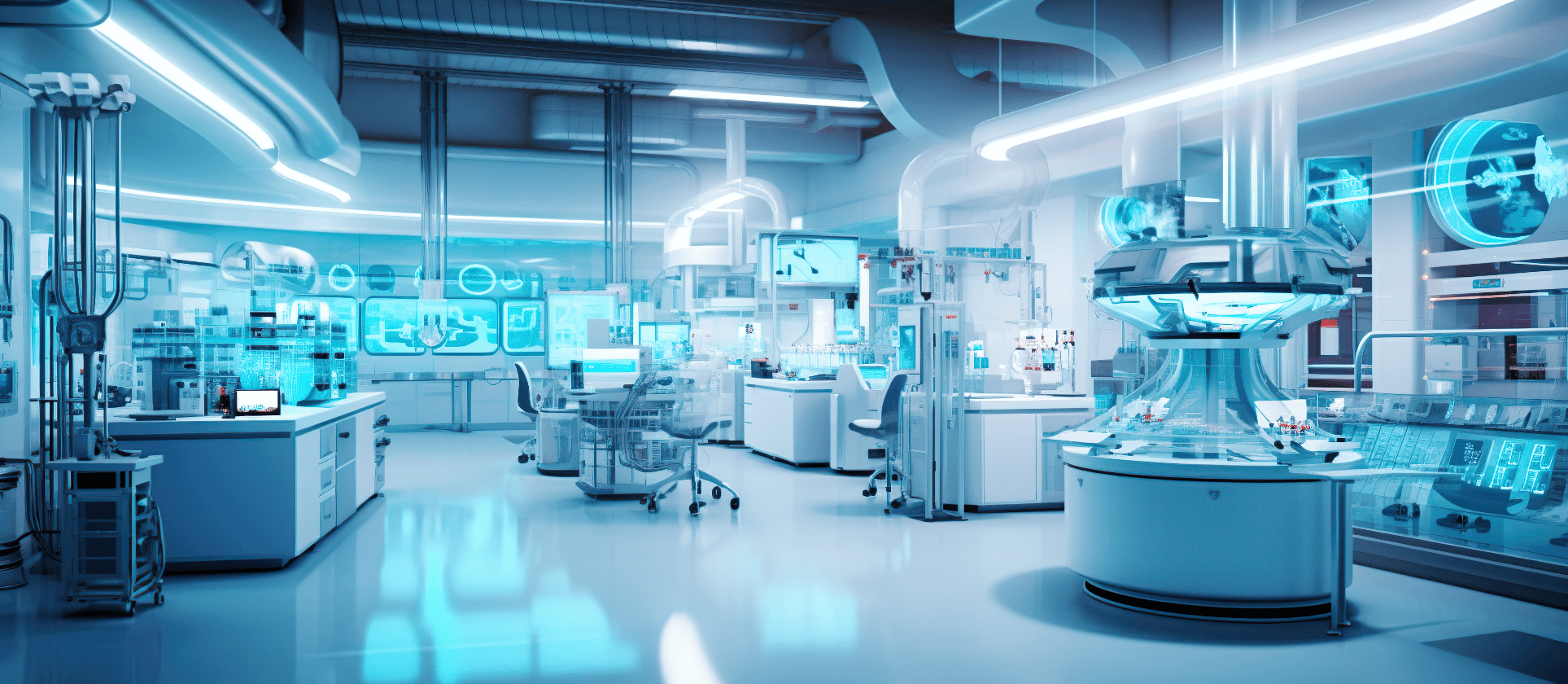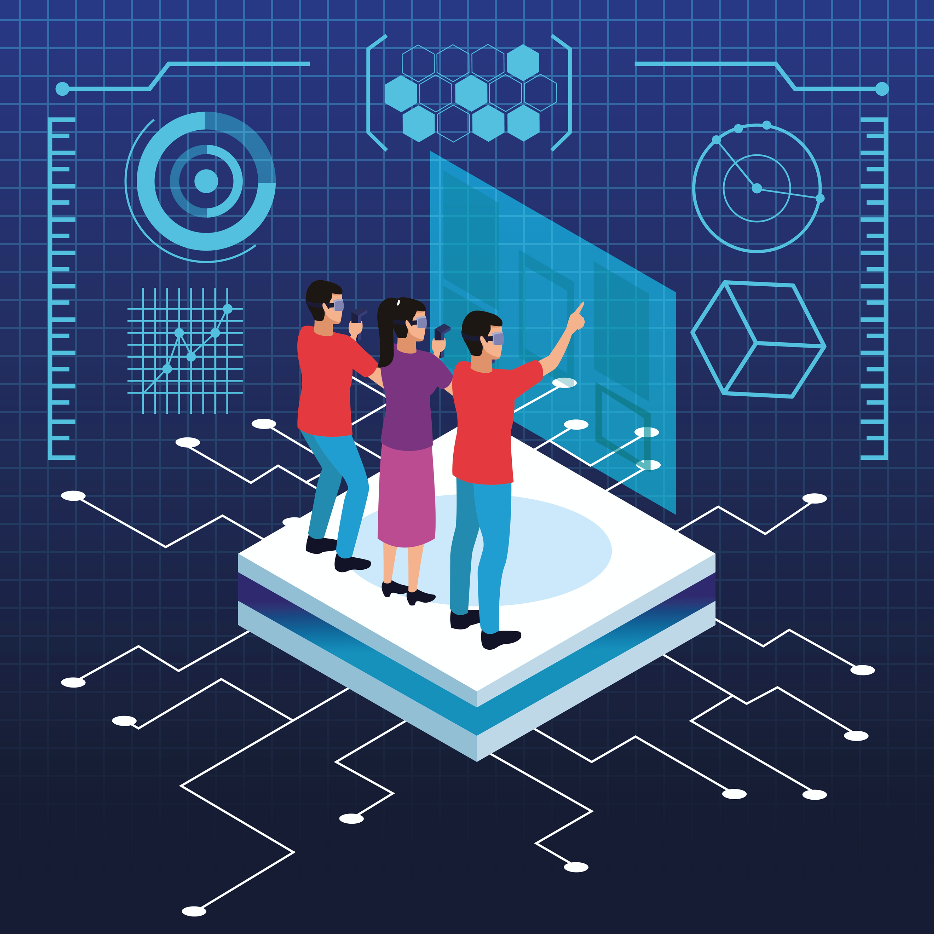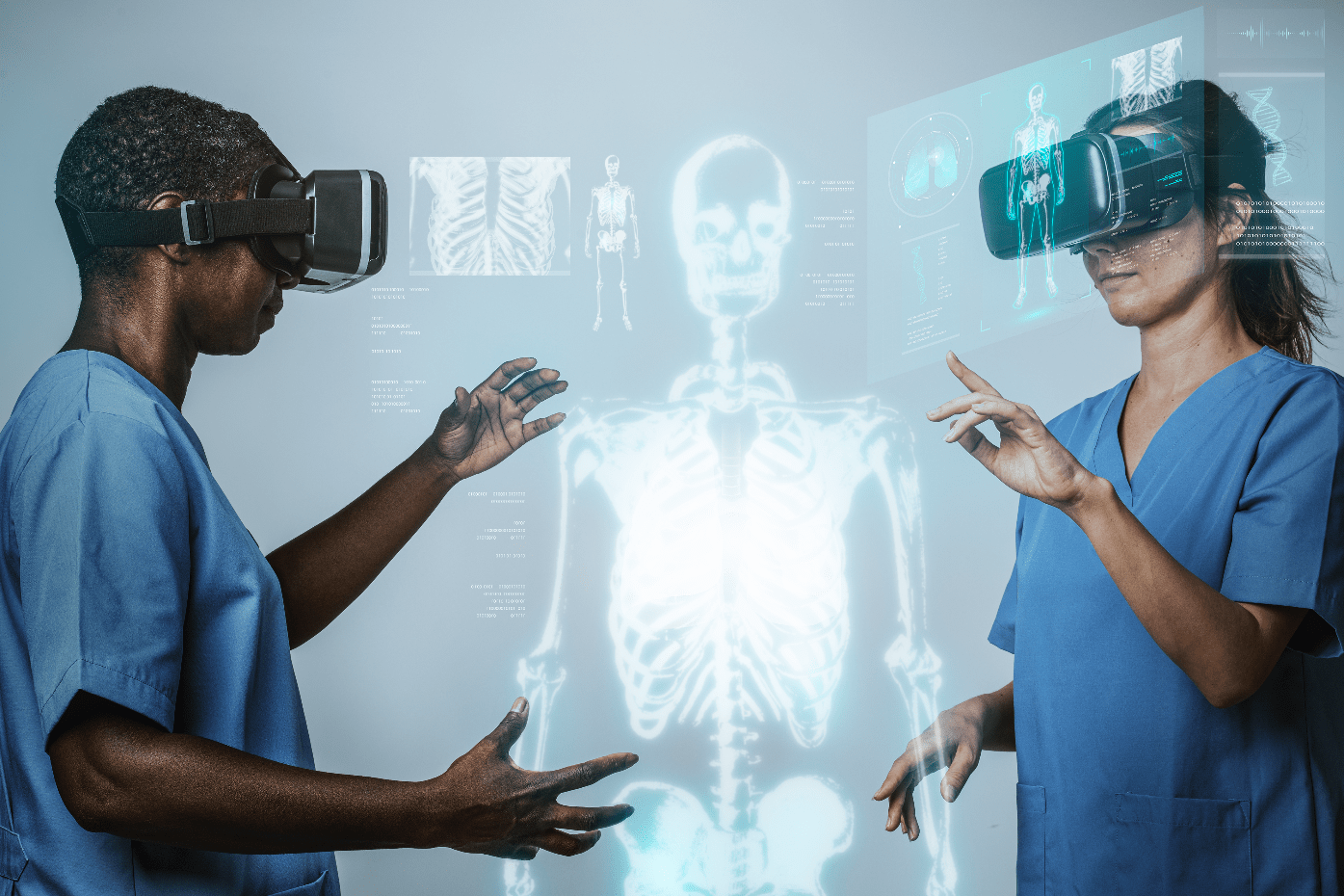Last Updated on June 16, 2025 by Muhamed Elmesery
Step into the world of innovative learning and exploration with us as we dive deep into the power of simulation laboratory. In this blog, we’ll unravel the transformative impact of simulation laboratories on STEM education.
A simulation laboratory is a specialized facility equipped with various resources and technologies to enhance simulated learning experiences across different fields, particularly in education, scientific research, and healthcare.

Table of Contents
The Concept of Simulation Laboratory and Its importance
Virtual lab simulation is one of the most important and widely spread e-learning techniques. In science education, a simulation laboratory is a 3D immersive and interactive simulation of experiments and activities that typically take place in physical laboratory settings. It simulates the equipment, tools, tests, and procedures used in various science branches such as chemistry, physics and biology, and this enables students to perform science experiments online, from their personal devices anytime and anywhere without the costs and limitations of a physical lab.
The simulation technologies use software and computer models to replicate the equipment, procedures, and experiments that would typically be conducted in a physical lab.
Simulation-based education enables students to interact with the virtual lab by performing experiments, collecting data, analyzing results, and drawing conclusions, all within the simulated environment. It also aims to provide an immersive and interactive learning experience that closely mirrors the hands-on nature of traditional labs, while offering the advantages of accessibility, cost-effectiveness, and safety.

The Ambitious Goals of Simulation Lab
The goals of simulation lab, especially in science, encompass several key objectives, including:
- Enhancing understanding of empirical work
One of the most important goals of using a simulation laboratory in education is enhancing the students’ understanding of the empirical work complexity. Simulation laboratory experiences are considered essential in achieving this goal, as they provide a unique opportunity for students to engage in hands-on, and interactive practical learning, which may not be achievable through traditional lectures or reading alone.
- Promoting active and engaging learning
Science simulation laboratory aims to make science come alive by offering experiences that go beyond routine classroom labs and artificial simulations. The goal is to create an environment where science becomes “alive”, immersive, and engaging, enhancing deep understanding and active participation.
- Facilitating remote access to experimentation
A virtual simulation laboratory also aims to address the issue of lack of good lab facilities and trained teachers by providing remote access to simulation-based labs in various disciplines of science and engineering at any time and anywhere. The goal is to inspire students’ curiosity, allow them to learn at their own pace without any pressure, and facilitate the understanding of basic and advanced concepts through simulation-based experimentation.
The Impactful Benefits of Simulation Laboratories
Virtual labs provide a wide range of benefits such as:
Immersive interaction and 3D virtual experiment simulations
Virtual lab simulations offer interactive and immersive virtual 3D science experiment simulations of a realistic lab, providing educators with better time management, enhanced skills and increased knowledge for improved learning outcomes.
Cost-effectiveness
Conducting some experiments in real laboratories can be very expensive. Virtual laboratories eliminate the need for expensive tools, equipment, materials, and maintenance for doing experiments, so educational institutions can invest in virtual laboratories to provide their students with a larger number of experiments and also save more money.
Enhanced safety
Conducting experiments in a virtual lab protects students from any dangers they may face during dangerous experiments in real labs. It is an effective method for preventing laboratory accidents by eliminating the handling of toxic substances or radioactive chemicals and other hazards such as electricity and pathogens. For these reasons, virtual labs provide a safe environment for students and ensure their safety as they explore various scientific concepts and significantly reduce the chances of accidents or mishaps.
Time efficiency
By using virtual labs, you can save more time and effort, as they eliminate the need to move between different laboratories. Students can save time by accessing experiments and learning resources without the need for setup or cleanup, which enables them to focus more on the core learning objectives.
Available anytime, anywhere and for many times
Virtual laboratories provide a virtual learning and teaching environment that aims to develop the student’s practical skills and learning outcomes. Because they are available through the Internet, educators can perform many different experiments without being restricted to specific places or times as it is in the case of using real laboratories. Students can conduct their experiments with 24/7 unlimited accessibility.
Also, in a virtual lab, students can repeat their virtual experiments many times, until they grasp and understand all the information.
The following video explains the several benefits of using a simulation laboratory in teaching science

A Glimpse into the Future of Simulation Laboratory
The future of science simulation laboratories is marked by promising developments, including the ongoing experimentation with science simulation equipment and the integration of new technologies such as augmented reality, artificial intelligence, virtual reality, and more. These advancements are poised to revolutionize education, scientific research, healthcare, and various industries.
Integration with emerging technologies (Virtual Reality and Augmented Reality)
The use of augmented reality and virtual reality in science simulation labs is gaining momentum, offering new dimensions of learning and exploration. The integration of VR and AR in science simulation labs provides students with interactive, hands-on experiences, which allows them to explore complex scientific concepts in a simulated yet realistic environment.
Integration with AI
Some applications in virtual laboratories lack interactions with students. However, student engagement is crucial for determining the content, available tools and modules.
Interactions with the laboratory are essential, enabling students to customize virtual lab applications based on their preferences and abilities, allowing them to conduct experiments anywhere and anytime. For this reason, artificial intelligence in virtual laboratories is needed so students can carry out practices in laboratories that simulate real laboratories.
The effective interaction of students with this virtual laboratories application requires the integration of AI, allowing the virtual lab to become smarter.
Pick the Best Virtual Plan For You

Simulation Laboratory Unwrapped: Your Top FAQs Answered
Are science simulation laboratories effective?
Studies have shown that computer simulations can be as effective as physical laboratory activities in teaching certain subjects, such as electronics, engineering and education. Furthermore, integrating laboratory simulations into teaching strategies has been observed to yield high student engagement and positive feedback.
Can anyone use science simulation laboratories?
Yes, science simulation labs are designed to be used by anyone interested in learning science, from students to educators to science enthusiasts. Some platforms even offer their resources for free. However, it’s important to note that while most resources are science-related, there are also resources for non-science disciplines.
How do science simulation laboratories work?
Science simulation labs work by simulating or replicating real physical lab conditions and experiments in a virtual environment. They allow students to conduct experiments, manipulate variables, and observe results just as they would in a physical lab.
For example, in a biology simulation, students can extract cellular DNA using the phenol/chloroform method, or practice the steps of a successful sandwich ELISA to detect and measure the concentration of an analyte (usually antibodies, antigens, hormones, proteins or peptides) in solutions.
In virtual physics lab, students might explore different concepts such as electricity, heat and thermodynamics, properties of matter, waves, magnetism, and more.
In virtual chemistry lab, students can detect the presence of carbonate ions as an acid radical in inorganic salts such as sodium carbonate, or detect the presence of silver ions as a base radical in inorganic salts such as silver nitrate.
Transform Education | Enter the World of PraxiLabs Virtual Simulation Labs
At PraxiLabs, we have developed a product that makes virtual science labs accessible, usable, and affordable for educational institutions and schools. The PraxiLabs team does not just offer schools, colleges, and institutions this fantastic solution; instead, it partners with them to ensure those organizations are utilizing it to the best of its capabilities.
Power up your students’ inner scientists and open up a world of possibilities!
 PraxiLabs A virtual world of science
PraxiLabs A virtual world of science





